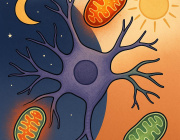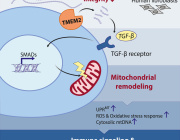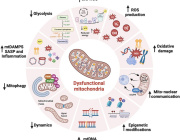Targeting Mitochondria 2020 will organized as VIRTUAL Conference
Dear Colleagues,
After a long and thorough discussion among the scientific and organizing committees, we have decided to organize our 11th Conference of Targeting Mitochondria, on October 29-30, 2020 as an ONLY online meeting.
Targeting Mitochondria 2020 Meeting is not a webinar. All registered attendees will have access to the platform when they wish and at any time.
Targeting Mitochondria 2020 Virtual Meeting:
Practical Information
Pre-Recorded Contributions:
Due to restriction and time zone difference, a pre-recorded contribution can be separately viewed online from the date of the conference, October 29, 2020, until November 29th, via the use of access code.
Prior to the Conference:
- All Invited Speakers are being asked to record their 25 minutes talks via the conference platform.
- All Short Oral contributions accepted are being asked to record their 10 minutes talks.
- All Poster contributions accepted are being asked to record their 5 minutes talks and submit the poster in PDF Format.
Conference Platform:
All contributions accepted by the scientific committee will be added to the specific conference platform prior to the conference, as indicated in the session of the program.
How to Access to all Communications (à la Carte):
Upon registration, each pre-recorded contribution can be separately viewed online from the date of the conference, October 29, 2020 until November 29th, via the use of access code. The "à la carte" presentations can be viewed in the comfort of your place.
Awards:
As each year, 3 awards will be given: Best scientific contribution, Best short oral presentation and best poster presentation. The best poster will be selected by the vote of all virtual attendees.
Questions, Contact, and Networking:
The conference platform will allow each participant to contact speakers, attendees, and sponsors. If you wish to submit your questions to speakers, you can do it before the meeting.
Chairmen and Round Table Discussion:
The Chairmen of each session will record an overview of all talks of their session. You can send also your questions to chairmen.
Registration:
We updated the registration fees for this WMS 2020 virtual meeting.
If you wish to cancel your registration, please contact us for reimbursement.
You will receive a refund for the difference in the cost of registration or keep the difference for Targeting Mitochondria 2021 congress.
Please feel free to contact us with any questions you might have.
Best regards,
On behalf of
Prof. Volkmar Weissig
President of the World Mitochondria Society
Targeting Mitochondria 2020: Present your Innovation
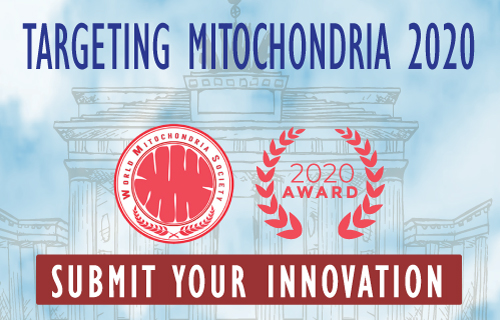 Targeting Mitochondria 2020 Scientific Committee invites scientists, academics and industrials to present all innovations and researches related to Mitochondria. Please submit your abstract by October 2, 2020.
Targeting Mitochondria 2020 Scientific Committee invites scientists, academics and industrials to present all innovations and researches related to Mitochondria. Please submit your abstract by October 2, 2020.
To register for Targeting Mitochondria 2020, please follow this link.
Prof. Carsten Culmsee, Magburg University, Germany, awarded by the World Mitochondria Society

World Mitochondria Society is honored to announce the winner of the award for his exceptional scientific contribution for the year 2019, Prof. Carsten Culmsee, from the Magburg University, Germany.
Prof. Culmsee gave an excellent communication during the 10th World Congress on Targeting Mitochondria 2019, which was held in Berlin, Germany, about the role of actin-regulating proteins on mitochondria.
During Targeting Mitochondria 2019, Prof. Culmsee presented new data on the key role of actin-regulating proteins on mitochondrial integrity and function in health and disease of the nervous system and the heart. Also, his talk shows an involvement of mitochondria damage in iron-dependent regulated oxidative cell death called ferroptosis that has been identified in several different organs and tissues, including the nervous system.

For media information:
Media center: World Mitochondria Society
Contact: www.targeting-mitochondria.com
Keynote Presentation by Prof. Wallace: A Mitochondrial Etiology of the Common Complex Diseases

The Organizing Committee of Targeting Mitochondria 2019 congress is honoured to announce that Prof. Douglas Wallace will be joining us for our 10th Anniversary Edition of Targeting Mitochondria World Congress, which will be held in Berlin on October 28th-29th, 2019.
Prof. Douglas Wallace, Member of the National Academy of Science since 1995, is Professor of Pediatrics, Division of Human Genetics, at the University of Pennsylvania and the founding director of the Center for Mitochondrial and Epigenomic Medicine at the Children's Hospital of Philadelphia. Over the past 45 years Wallace has introduced mitochondrial DNA (mtDNA) genetics into medicine thus founding the field of Mitochondrial Genetic Medicine. In 1975, Wallace and associates showed that genetic factors could be inherited though the cytoplasm with the cytoplasmic transfer of chloramphenicol resistance. In 1980 he demonstrated that the human mtDNA is maternally inherited and in 1988 he was the first to identify an inherited human mtDNA disease, Leber hereditary optic neuropathy (LHON). Since then hundreds of mtDNA variants have been linked to disease, see MITOMAP.org. By surveying mtDNA variation in indigenous populations around the world, Wallace and his associates were able to exploit the maternal transmission of the mtDNA to reconstruct the origin and ancient migrations of women. Subsequent studies revealed that the geographic specificity of mtDNA types was the result of environmental selection and that these “adaptive” mtDNA variants can become maladaptive in new environments generating the common variants of common diseases.
At our 10th Anniversary World Congress on Targeting Mitochondria Prof. Wallace will give a Keynote Presentation titled “A Mitochondrial Etiology of the Common Complex Diseases”.
For more information about Targeting Mitochondria 2019: https://targeting-mitochondria.com
Targeting Mitochondria 2019 Congress : Information / Venue / Final Agenda
Please find here all the practical information concerning the Targeting Mitochondria 2019 Congress.
1) Badges & material delivery
The organizing committee will distribute badge and materials Sunday on October 27th, from 17pm to 18:00pm and Monday on October 28th from 7:45 am in the lobby of the Pavillon meeting room.
2) Conference venue
The Congress will be held in the Pavillon meeting room.
at the InterContinental Berlin Hotel
Budapester Straße 2, 10787 Berlin, Germany
If you want to know how to reach the Hotel from Berlin Airport, click here.
3) Targeting Mitochondria 2019 Congress Dinner
A dinner is organized on Monday, October 27 at InterContinental Hotel Berlin at 8:30 PM.
If you are not yet registered, Please register here.
4) Who is attending and Networking
In order to organize your planning & meeting with attendees, please find here the list universities and industrials on the site.
5) Certificate of Attendance
The certificate of attendance will be sent to all attendees by email after the Congress.
For all information about activities in Berlin during your stay, please visit the Berlin tourist office here.
6) Final Agenda
The scientific committee published the final Agenda of Targeting Mitochondria 2019 Congress.
We look forward to meeting you in Berlin and please don't hesitate to contact us for further information.
 |
|
The Short Oral Contribution was discerned to Dr. Jana Schulz

The Short Oral Contribution Award was discerned to Dr. Jana Schulz from Max Delbrück Center in the Helmholtz Association (MDC), Berlin, Germany, during Targeting Mitochondria 2019, which was held in Berlin, Germany, for her excellent oral presentation entitled "A catalogue of novel mitochondrial microproteins in the human heart".
The presentation of Dr. Schulz concluded that many cardiac long noncoding RNAs (IncRNAs) produce small proteins in vivo and a compelling fraction of which can be associated with the mitochondrion by computational and experimental analyses.


For media information
Media center: World Mitochondria Society
Contact: www.targeting-mitochondria.com
A review paper published by Prof. Weissig, president of the World Mitochondria Society
We are pleased to announce that the review paper of Prof. Weissig, president of WMS, about drug development for mitochondrial diseases, has been recently published online in Trends in Moleculaire Medicine.

We congratulate Prof. Weissig for his excellent review.
For more information and access to the review:
Drug Development for the Therapy of Mitochondrial Diseases
Weissig V.
Trends Mol Med. 2019, Nov 11
doi.org/10.1016/j.molmed.2019.09.002
"Beautiful anomaly" by Sonja Lehmann
"Beautiful anomaly", submitted by Sonja Lehmann, from the Intitute of Molecular and Cellular Anatomy, in Aachen, Germany, is the second image selected by the Scientific Committee of Targeting Mitochondria 2019 for the 10th anniversary.

Immortalized human keratinocytes derived from patients with the hereditary skin disease Pachyonychia congenita were transfected with MitoTimer. Confocal live-cell imaging revealed the bizarre mitochondrial morphology that rarely occurs in atypical cells.
"Kissing nano-tunnels" by Patricia Morcillo
"Kissing nano-tunnels" is a beautiful image submitted to the World Mitochondria Society by Patricia Morcillo, from Albert Einstein College of Medicine, in New York, USA, and selected by the Scientific Committee for the 10th anniversary of Targeting Mitochondria congress.

As described by Patricia Morcillo, mitochondrial communication is lost after exposure to manganese-induced Parkinsonism.
A honor for Targeting Mitochondria 2019 to welcome Prof. Douglas Wallace
It was a great honor to welcome Prof. Douglas Wallace, Member of the National Academy of Science since 1995, during Targeting Mitochondria 2019, for his excellent talk entitled "A Mitochondrial Etiology of the Common Complex Diseases".
The World Mitochondria Society would like to thank Prof. Wallace for his participation.


For media information
Media center: World
Mitochondria Society
Contact: www.targeting-mitochondria.com
World Mitochondria Society would like to thank Biolog
World Mitochondria Society Team would like to thank Biolog for their support and participation during Targeting Mitochondria 2019, which was held in Berlin, Germany in October.
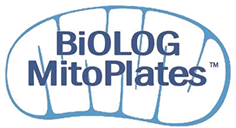
Biolog had a booth during the two days of conference, and a talk presented by Dr. Barry R. Bochner from Biolog on their news assays plates, the MitoPlate I-1TM, which has a triplicate repeat of 30 energy producing substrates and the MitoPlate S-1TM, which has 22 inhibitors of mitochondrial function titrated at 4 dilutions. Using these new assays Dr. Bochner shows that mitochondria from different cell types exhibit different functional properties.
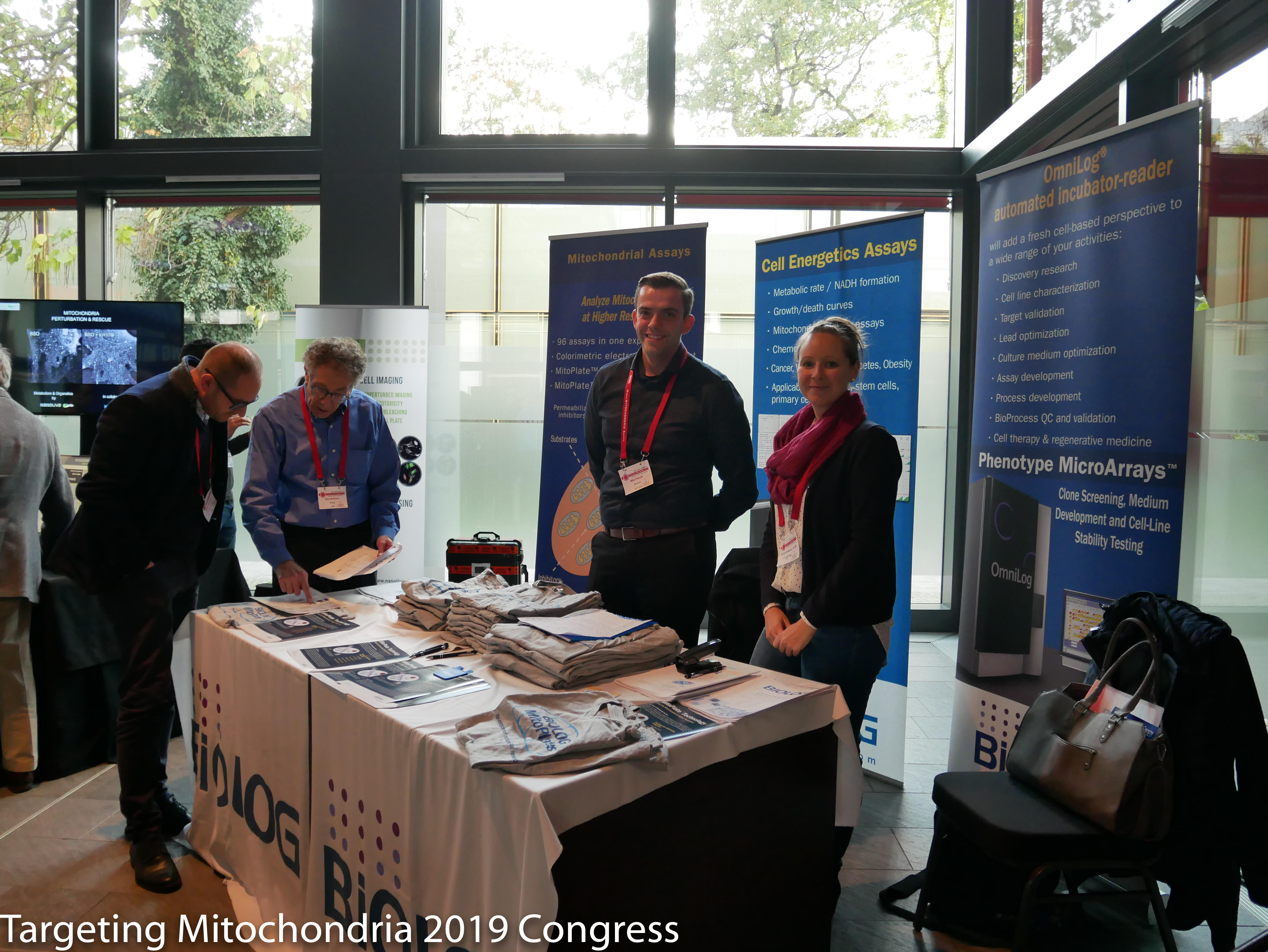


For media information
Media center: World Mitochondria Society
Contact: www.targeting-mitochondria.com
The organizers of Targeting Mitochondria 2019 would like to thank MitoQ
The organizers thank MitoQ for their support and participation at the Targeting Mitochondria 2019.

MitoQ also supports the presentation of Prof. Douglas Seals, from the University of Colorado Boulder, USA, on the mitochondria antioxidant therapy for treating vascular aging.

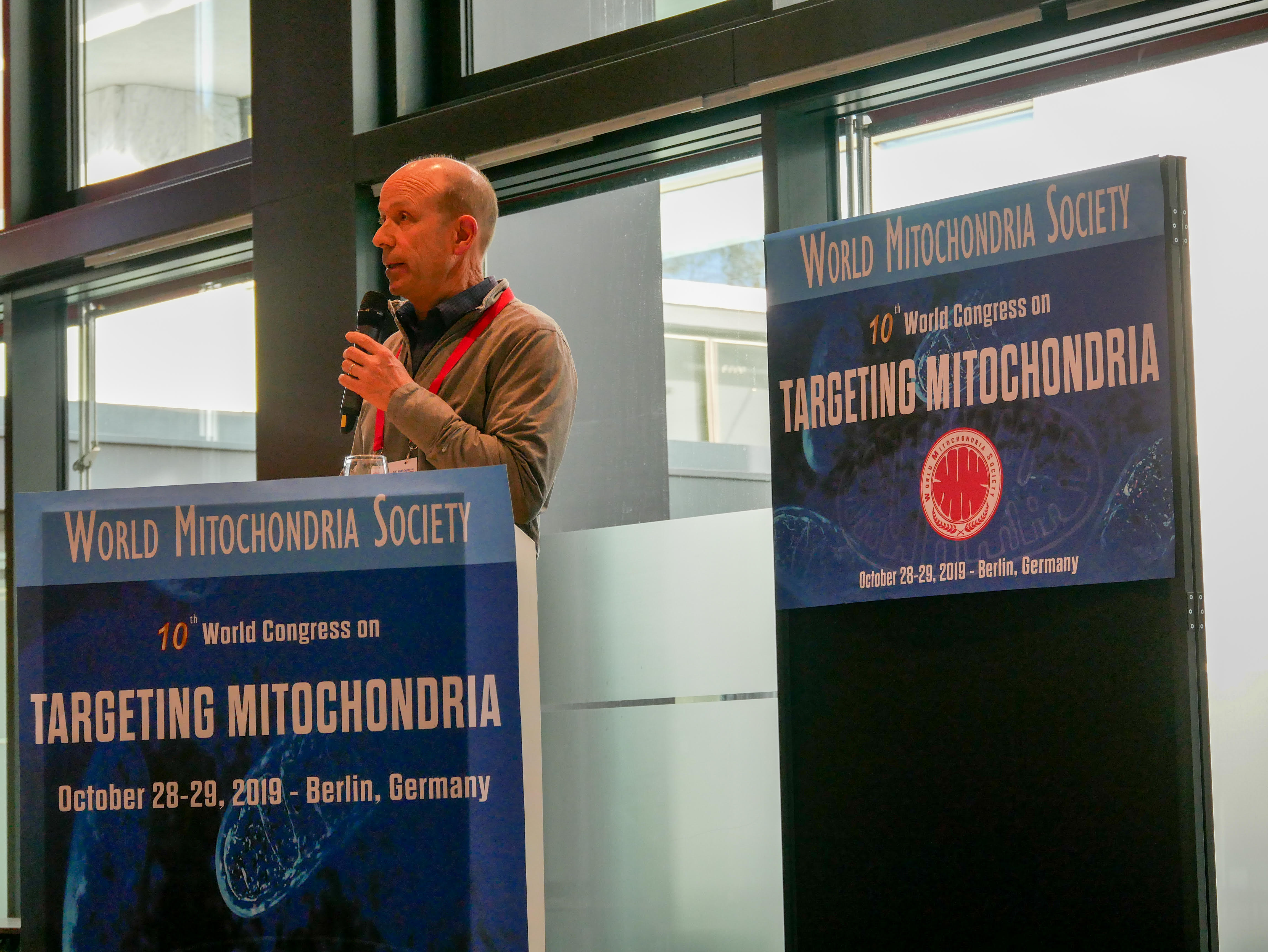
For media information
Media center: World Mitochondria Society
Contact: www.targeting-mitochondria.com
KLOX Technologies Inc. awarded during Targeting Mitochondria 2019
During Targeting Mitochondria 2019, KLOX Technologies Inc. have received the Innovation Award for their study on the assessment of the effect of Fluorescent Light Energy (FLE) on mitochondria dynamics.

The Scientific Committee thanks KLOX Technologies Inc. for their talk entitled "Effects of fluorescent light energy on mitochondria dynamics" presented during Targeting Mitochondria 2019. Their study showed that FLE decreased total mitochondria number and increased single mitochondria volume, likely due to fusion events that reversed "small sphere" mitochondria and restored the mitochondria network (morphology) to a complex, branched network.
Testimonial of Dr. Michela Zago, Manager and Senior Research Associate of KLOX Technologies Inc.:
"Our team at Klox Technologies was particularly excited about attending this Congress as its focus is well in line with our effort to target distressed mitochondria using our Fluorescent Light Energy Biomodulation technology. Klox was impressed by the quality of the speakers and the depth of the topics as well as humbled by the receipt of the 2019 Innovation Award"

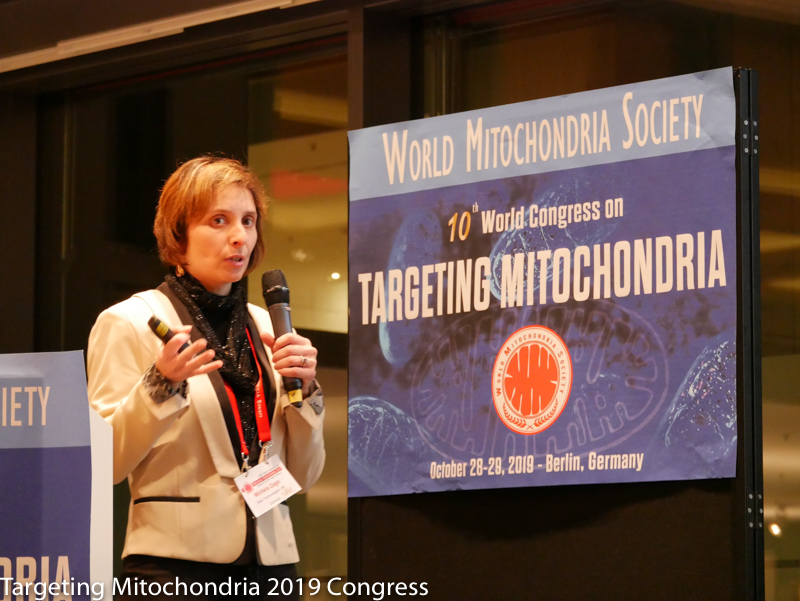
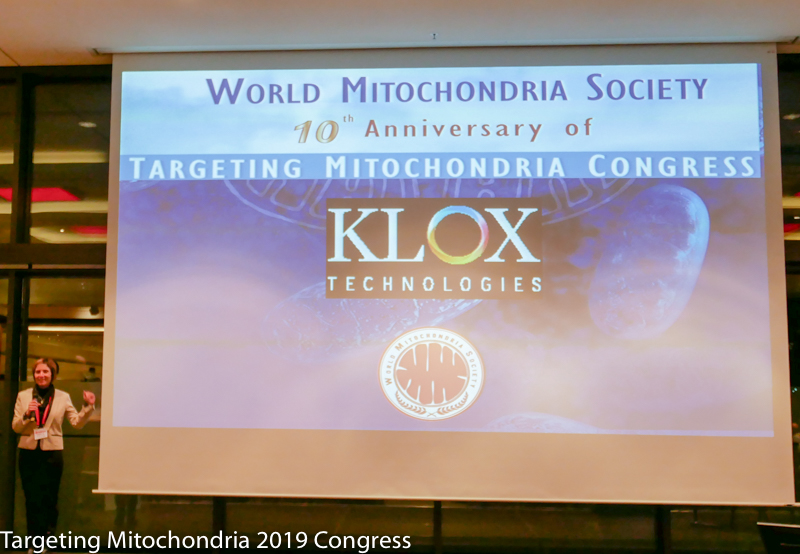

For media information
Media center: World Mitochondria Society
Contact: www.targeting-mitochondria.com
World Mitochondria Society awarded Minovia during Targeting Mitochondria 2019
The Scientific Committee of Targeting Mitochondria 2019 is honored to discern the Innovation Award to Minovia for their clinical study on the Mitochondria Augmentation Therapy.

The study performed by Minovia and presented during Targeting Mitochondria 2019 "Mitochondria augmentation therapy (MAT): mitochondrial enrichment of hematopoietic stem cells in patients with mitochondrial disease", suggest that MAT can diminish disease progression in patients with mtDNA disorders.



For media information
Media center: World Mitochondria Society
Contact: www.targeting-mitochondria.com
World Mitochondria Society awarded Nanolive for their New Technology in the Visualisation of Mitochondria
World Mitochondria Society is honored to award Nanolive for their new technology, the Holotomographic Phase Imaging or Short Nanolive Imaging, presented during Targeting Mitochondria 2019, which was held in Berlin, Germany.

The Nanolive Imaging allows the visualization of Mitochondria without any staining or labeling, it requires ~ 100 times less energy than light-sheet microscopes. Moreover, with a resolution below 200 nm, it enables high resolution and high-frequency imaging even with sensitive material, giving access to organelle dynamics that were previously out of reach.
The Scientific Committee would like to thank Dr. Jamin Jung for his excellent talk on the non-invasive live cell imaging overcomes phototoxicity problem while imaging cellular and mitochondrial processes, presented during Targeting Mitochondria 2019.
Testimonial of Marlies Muernseer, Field Application Specialist, from Nanolive:
"The Targeting Mitochondria Conference 2019 was an excellent venue and allowed us to interact with scientists from around the world and discuss Nanolive’s imaging techniques to image mitochondria fine dynamics. The large amount of interesting talks covered the whole field and gave deep insights into upcoming and unpublished facets of cutting-edge research. We want to thank for the excellent organisation and venue."


For media information
Media center: World Mitochondria Society
Contact: www.targeting-mitochondria.com
More Articles...
- The Poster Contribution Award was delivered to Prof. Bing Xu
- Novel movies showing lipid droplets and mitochondria fine dynamics live and at high resolution
- Symposium Actin(g) on mitochondria: The role of actin-regulating proteins on mitochondria in health and disease
- Cytoskeletal mitochondrial interactions in collagen VI related disorders










































